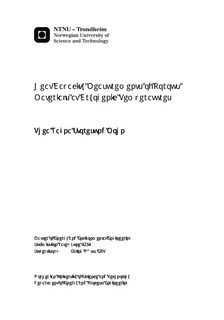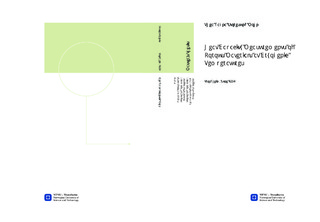| dc.description.abstract | In the search for new technology, new materials are prerequisite for major breakthrough. One of these classes of functional materials is the metal-organic framework (MOF). The MOFs offer higher surface areas because of its porous structure and a potential for improved adsorption activity than other currently used materials. This makes it attractive for physical adsorption, which is a hydrogen storage technique. Adsorption type storage systems are alternatives that have the potential to reach the goals for handling hydrogen in on-board storage systems. However, the transient processes during charging and discharging of a storage system play an important role in the utilization of the hydrogen adsorption storage systems, and the heat distribution in the sorption material plays a major role during charging and discharging of a storage system. The specific heat capacity for activated carbon, Norit R0.8 (1), and three microporous MOFs, Cu-btc (2), Fe-btc (3), and MIL-100(Fe) (4), have been measured, both for inactivated and activated material. The compounds were measured using an MDSC method on a Q2000 differential scanning calorimeter with an appurtenant liquefied nitrogen cooler system (LNCS). The heat capacities were measured from -180°C to 150°C. The uncertainties for the different measurements were determined; it varied from 5% to 7%, depending on the assumed water content adsorbed. Further the measurement accuracy was found to depend very little on the inert gases present in the sample. In addition to measuring the porous material´s specific heat capacity, is it performed and presented a literature survey on theoretical models and published data for both gas adsorption and heat capacities in porous materials. The experimental results are compared with published data on reference materials where possible, and a complete uncertainty analysis on the experimental results presented. The inactivated sample curves showed a general trend, where the heat capacities for inactivated material normally were higher than the heat capacities for the respective activated material, which most probably was due to higher water content in the inactivated material. A considerable number of measurements on each material were performed, without obtaining the expected results for the activated samples. The principal reason was that an unexplainable transition around -150 °C was present on almost half of the obtained data. The exact reason behind this anomaly was not found. However, the most likely error was the activation of the samples, based on analysis and investigation of the results. This presumption was stated mainly because the heat capacities for the inactivated samples increased in a smooth and continuous matter with increasing temperature, without this sudden heat capacity change around -150 °C. The conclusion is due to the time perspective of this work an assumption based on observations and personal experience. Further investigation on the matter is recommended, especially to find out if there was a problem in the actual activation procedure or a chemical change in the investigated materials. | nb_NO |

